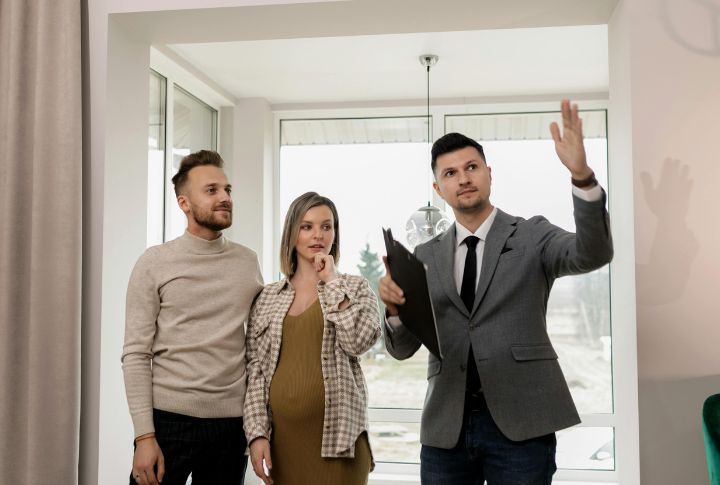
For more than a decade, the minimalist home stood as a symbol of modern aspiration. It was a clean slate—sleek, white, controlled, and effortless. Designers hailed its silence as sophistication, influencers turned it into an aesthetic religion, and homebuyers embraced it as a promise of mental calm in a noisy world. Yet, lately, that very silence feels deafening.
The shift didn’t happen overnight. It crept in quietly, as cultural undercurrents often do—through small acts of resistance. And somewhere along the way, the dream of simplicity began to look like a sacrifice of self.
The Emotional Vacuum Beneath The Aesthetic
Minimalism was never meant to be cold, as it began as an art movement about clarity and focus, about honoring space and form. But as the aesthetic trickled into mainstream design, it lost its philosophy and became a style.
Buyers who once believed that “less is more” have started realizing that “less” can also feel lifeless. During the pandemic years, homes transformed from showpieces into sanctuaries. Suddenly, people weren’t passing through their spaces—they were living in them, for days and months at a time. And those white walls that once whispered calm began echoing back a kind of loneliness.
When Comfort Replaced Curation
It’s no coincidence that as the world outside became unpredictable, the craving for comfort grew stronger. Homebuyers who used to prioritize clean lines and empty corners now want depth and warmth. They want rooms that welcome them after a long day, not spaces that demand constant tidiness.
Buyers have grown tired of living inside what feels like an Instagram filter. They want spaces that breathe, where they can kick off their shoes and leave a coffee mug out without guilt.
The Return Of Personality And Storytelling
Minimalism’s greatest weakness lies in its detachment. The more it stripped away, the less room it left for personality. Today’s buyers aren’t rejecting simplicity—they’re rejecting the erasure of identity that came with it. They want homes that tell stories, not stage performances.
Across open houses and design blogs, you can sense this hunger for individuality. There’s a surge of interest in vintage furniture, handmade ceramics, layered textures, and objects with provenance. A well-worn leather chair or a hand-painted tile now carries more value than the latest sleek accent piece. This is why trends like “warm minimalism” and “modern organic” have emerged.
The Social Media Backlash
Ironically, the very platform that glorified minimalism—Instagram—also accelerated its downfall. For years, influencers filled our feeds with beige-toned perfection: uncluttered rooms, matching furniture, a single sprig in a vase. But over time, those images began to blur into sameness. Every home looked like every other, and the individuality that once defined personal space vanished under the pursuit of “aesthetic consistency.”
Now, the pendulum has swung. Social media is celebrating the imperfect. Viral design trends like “cluttercore,” “grandmillennial,” and “dopamine decor” are rooted in rebellion against restraint. A lived-in space, full of personality and quirks, feels far more relatable, and therefore, far more desirable.
The Real Reason: A Desire To Belong
In the end, home is not a concept; it’s a feeling. The minimalist home spoke to the mind. The new home speaks to the heart. That’s the real reason buyers are walking away from minimalism: not because they’ve grown tired of simplicity, but because they’ve rediscovered what makes simplicity meaningful.

